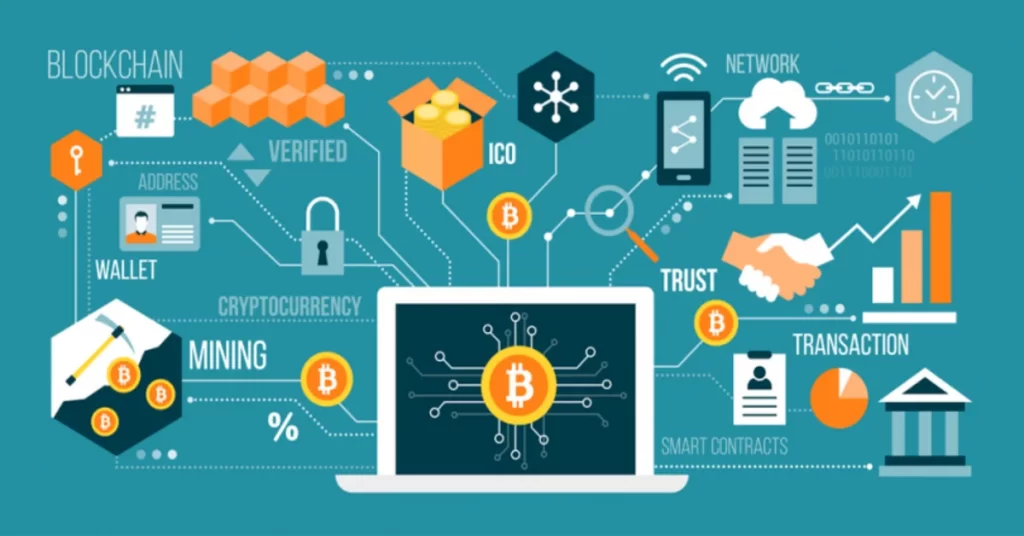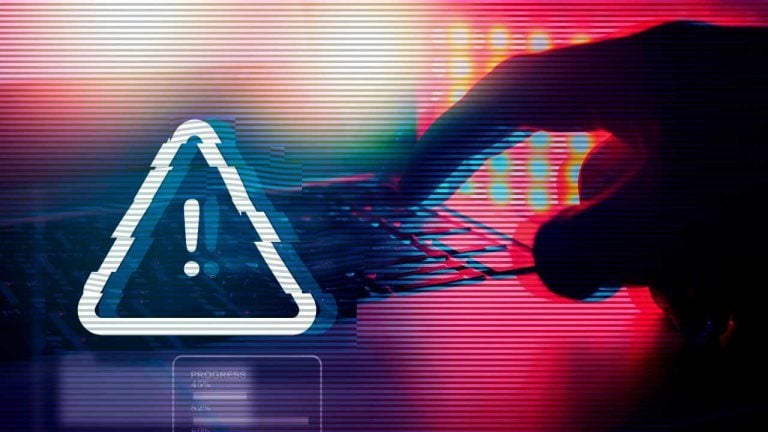How Do Blockchains Talk to Each Other? Cross-Chain Communication Is Needed


The post How Do Blockchains Talk to Each Other? Cross-Chain Communication Is Needed appeared first on Coinpedia – Fintech & Cryptocurreny News Media| Crypto Guide
Blockchain technology has become widely adopted by many different types of users and organizations across the globe.
While the blockchain data structure itself was invented in the early 1990s by Dr. Stuart Haber and his colleagues, it was initially intended for digital document timestamping.
As most crypto enthusiasts would know, blockchain or distributed ledger tech (DLT) platforms now serve a really extensive range of use-cases.
In 2021, we have all seen the dramatic rise of decentralized finance (DeFi), which allows different parties to lend, borrow, and stake digital assets without needing intermediaries to complete transactions.
We have also witnessed the emergence of non-fungible tokens or NFTs which are basically digital collectibles that are provably unique, thanks to the power of blockchain technology.
Numerous Token Format Require Interoperability (Communication) Solutions
As expected, there are thousands of different digital tokens that are being used to power transactions on a wide range of blockchain networks.
Currently, there are many types of virtual tokens issued on a diverse set of DLT networks, which means that each token has its own format (for example, ERC-20, ERC-721, BEP-20, TRC-20, among others).
This can potentially create problems because it might only be possible to use a token on a single or a very limited number of chains due to compatibility issues or related restrictions.
In order to address this problem, software architects have been working on various blockchain interoperability solutions.
These protocols allow users to seamlessly transact across multiple DLT networks by using an extensive set of digital tokens.
Platforms like Polkadot (DOT) and Cosmos (ATOM) are working on frictionless interoperability solutions, because most crypto experts believe that the future of the blockchain sector will consist of a diverse ecosystem of many different chains.
Preparing for a Multi-Chain Future
EverDream is an innovative project that’s being built with a multi-chain future in mind.
EverdreamSoft (EDS) is a Switzerland-based firm founded back in 2010 as purely a game studio. It’s widely considered a pioneer for integration and blockchain/DLT tools in the domain of gaming and digital collectibles, which are now referred to as non-fungible tokens or NFTs.
With a comprehensive product line of backend DLT products, an immersive mobile game, and an upcoming product launch (Wakweli), the EverDream team is sharply focused on enabling seamless blockchain functionality.
With their mobile game Spells of Genesis, EverdreamSoft is a founder of the trend of “true ownership” of virtual assets.
EDS is notably the creator of EverdreamSoft Crystal Suite, an integrated set of tools that enables people to explore, create, share and manage “Orbs” – which are rare digital items (for example, they can be valuable art, in-game items, digital collectible, etc) linked to blockchain tokens.
EDS is reportedly one the founding members of Blockchain Game Alliance (BGA).
EverdreamSoft May Capitalize on First-Mover Advantage
While there are many other blockchain interoperability solutions in the market, with projects like Ethereum (ETH) and Cardano (ADA) building native and external DLT-powered solutions,
EverdreamSoft (EDS) is truly unique for several reasons.
Beginning in 2010 with Moonga, the EDS team introduced the world to one of the first mobile games available on the App store.
It was actually the #1 RPG game in Japan the same year. Although this may not be directly related to blockchain tech, many of the concepts of game development and providing interoperability functionality have some of their roots in the online gaming sector.
In 2015, the EDS team helped with minting what is today considered as the “original” set of NFTs. Their team understands that it’s really important for different tokens from multiple gaming networks to be traded seamlessly.
The team’s extensive experience in building games has allowed them to gain an in-depth understanding of how to create games that have interoperable items/tokens and other useful features.
During 2015, the EDS team also assisted with running one of the very first ICOs (it was not called ICO at that time). Through the fundraising campaign, a total of more than 900 BTC were acquired (worth around $300,000 back then).
These experiences may have helped the developers with understanding how to implement blockchain platforms that can be compatible with external chains.
In 2017, the team released Spells of Genesis, which is the first mobile game using blockchain assets. A year later in 2018, they introduced the “blockchainization” feature, which provides the possibility to move in-game assets to the blockchain (Spells of Genesis).
Simplified Way to Query (Talk to) Multiple Blockchains
Last year, the EDS team began their collaboration with Polkadot. They are reportedly working on the NFT strategy for Kusama.
Overall, EDS’ products offer features such as a simplified way to query multiple blockchains.
They also allow users to unify data across different chains while providing support for token & assets integration.
In addition, there’s an entire PHP library for mapping blockchain tokens onto various assets.
Other blockchain interoperability and communication features include the ability to add metadata to the basic blockchain information. For more technical use-cases, there’s an option to
manage ECDSA Bitcoin signatures and Ethereum signatures in order to reliably authenticate users.
With EDS software, it’s also possible to make cross-chain transactions in a unified manner by using the same syntax and programming rules.
Currently, there are several projects working on blockchain interoperability solutions including Avalanche and the developers of deBridge.
However, there’s no comprehensive or “one size fits all” solution that will address every use-case. Clearly, there’s a need for a wide range of solutions in the fast-evolving crypto and blockchain space.
The blockchain-based gaming sector is set to capture an even larger share of the markets in the coming years.
For this reason alone, we need specialized projects and teams like EverDream that can support the development of advanced and highly-interoperable gaming ecosystems.

